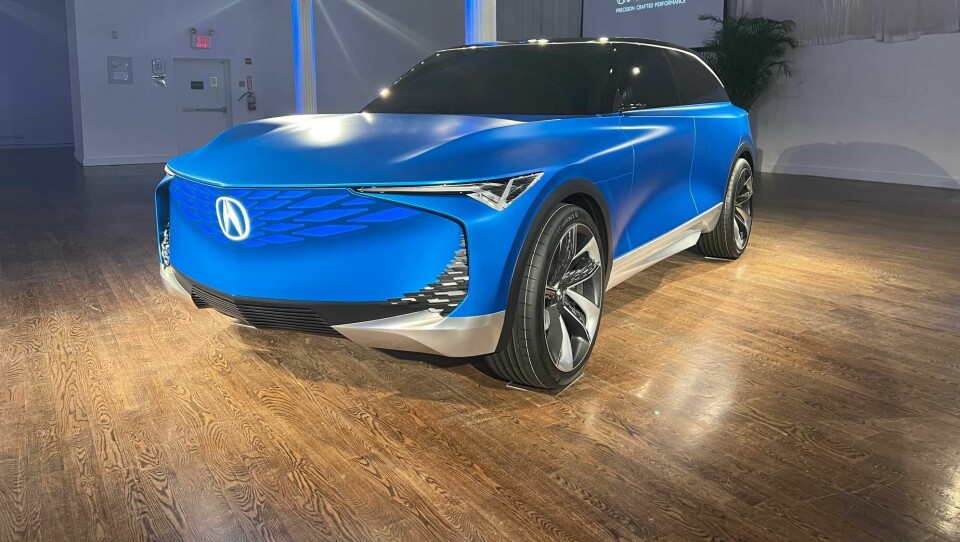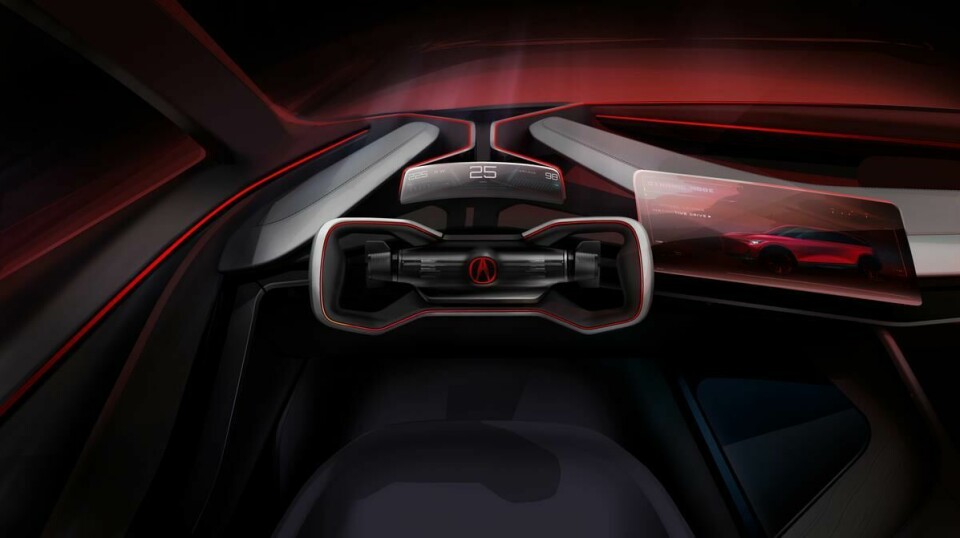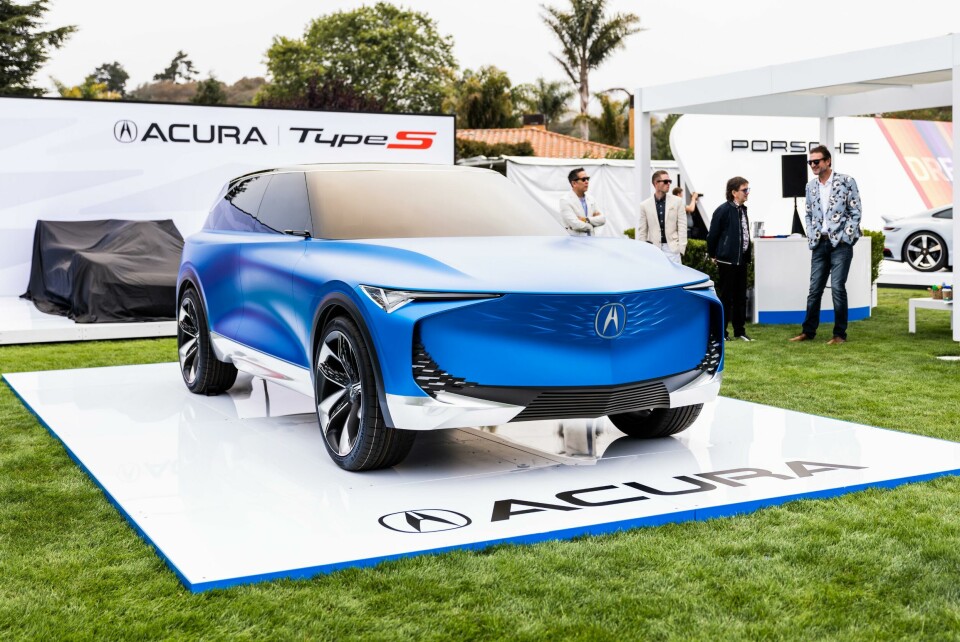
Acura previews electric future with Precision EV concept
Laura Burstein was in New York City for the east coast reveal of Acura’s Precision EV concept, a hint at where the brand is headed in the not-so-distant future
Acura is showcasing its next chapter with the Precision EV Concept, an all-electric show car that debuted at this year’s Monterey Car Week. Created at the company’s Torrance studio in California, designers say it will push the boundaries of design and technology and set the direction for its electrified future.
“I want this car to pave the way for everything we are doing,” Acura vice president and brand officer Jon Ikeda told CDN during a design roundtable this week in New York City.
At a time when many brands are exploring new proportions enabled by BEV platforms, Ikeda stresses that Acura will keep its traditionally sporty characteristics such as a cab-rearward stance and a long dash-to-axle. “Literally until we have flying cars, I won’t ever want to give up on those performance proportions,” he says.
The Precision EV draws inspiration from the brand’s 2016 Precision Concept, tweaked for an electric platform. “Once we did the Precision concept, we knew we had to evolve and EV was coming faster than we thought,” explains Dave Marek, Acura’s executive creative director. “Moving forward as a performance brand in the era of electrification, how do you communicate performance detailing when you don’t have the traditional enablers like a quad exhaust?”
To that end, designers adapted the brand’s diamond pentagon grille shape across the front face, flowing up into a new interpretation of the signature “chicane” DRL. The grille is not completely flush, but maintains a mesh-like texture (without being punched through), adding visual interest when the lights are off. In the centre, the large A-shaped logo illuminates with an animated welcome sequence.
“Personally I would like to move away from hard buttons, because it keeps it clean”
An intricate 3D-printed pattern designers call the “particle glitch” can be found on the lower front and rear bumpers, as well as the wheels. “We wanted to create what you see digitally on a screen to a 3D shape,” Marek says, adding jokingly, “we call it the glitch because it looks like someone screwed up the 3D printing.” While he says that for now the technique only makes sense for a show car, he hopes the production process will eventually be scalable for production.
The exterior colour of the Precision EV Concept is the same Double Apex Blue shade found on Acura’s 2019 Type S Concept, but done this time in a semi-matte finish. “We went through a lot of iterations about how much matte and how much gloss to use,” Marek recalls. “Maybe in the future we do a run of gloss colour and a run of matte colour, and just with that you have a different nuance.”

Interior renderings show what Acura designers call a “dual cockpit” approach, with a red ambient lighting scheme and active information displays when the driver wants to be in control, and a blue colour scheme with relaxing graphics when the car is in autonomous mode. Even still, the cockpit keeps a driver-oriented bias, with a yoke-like steering wheel, a driver’s display inspired by F1 cars, as well as a prominent heads-up display (HUD). When it comes to haptic versus manual controls, Marek favours the former.
“Personally I would like to move away from hard buttons, because it keeps it clean. For example, we had customers saying the MDX had too many buttons. On this car, we felt like we should be going for a head-up-display anyway as a direction. It’s perfect because you literally don’t take your eyes off the road.” Designers imagine interior materials to be made from recycled materials, including marbled plastic trim and aluminum, with FSC-certified wood and biomass leather.
Marek says the car took about eight months from brief to completion, with the actual build taking about ten weeks. Unlike many studios that do early iterations solely in digital, the Acura team went straight from sketches to a half-scale clay model. “Clay is quicker and lets us change a lot of stuff in real time,” Marek says. “Then back to data and back to clay, and so on.”
“Our job as designers is to see what could challenge our engineers”
While the Precision EV Concept isn’t built on an intended production platform, Acura has announced it would build its forthcoming ZDX EV — as well as one Honda model — on General Motor’s Ultium platform, shared with the Cadillac Lyriq. The company is also developing its own standalone BEV architecture and has recently partnered with LG to build a $4.4bn battery plant in the US as it strives toward an all-electric lineup by 2040.
The Precision itself won’t go into production, but Marek reveals that “the form language is smoother on this car, but the cues will be on all the future [production] cars.” Meanwhile, Ikeda says this is a chance for the design team to push the engineers, at a pivotal time for the brand, as well as the entire industry. “Shapes will evolve, perceptions of premium proportions will evolve,” he says. “Our job as designers is to see what could challenge our engineers and what they might want to work on. Here’s a potential to break the rules a little bit, and yet we are talking about a business here also. It takes time to grow.”











